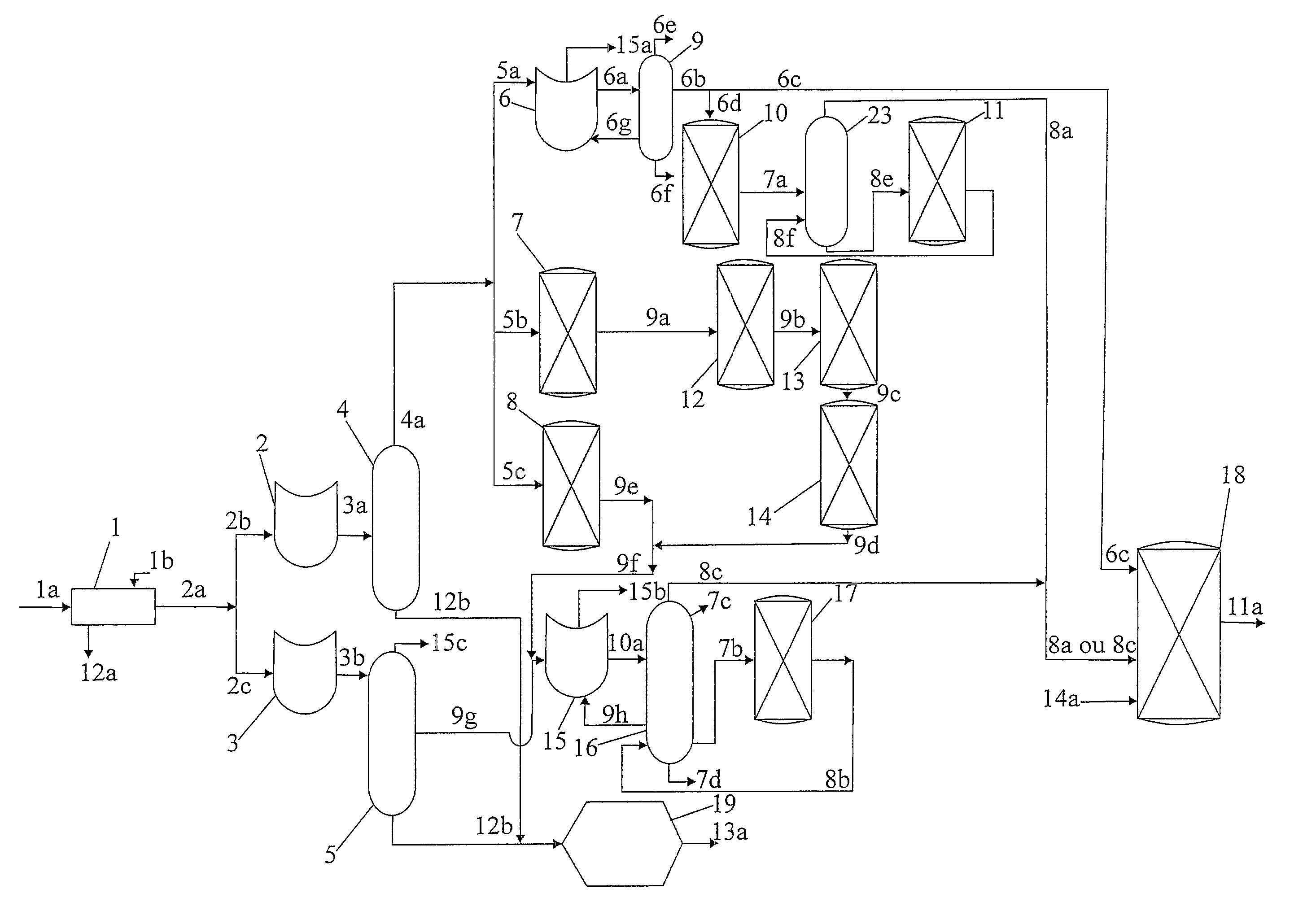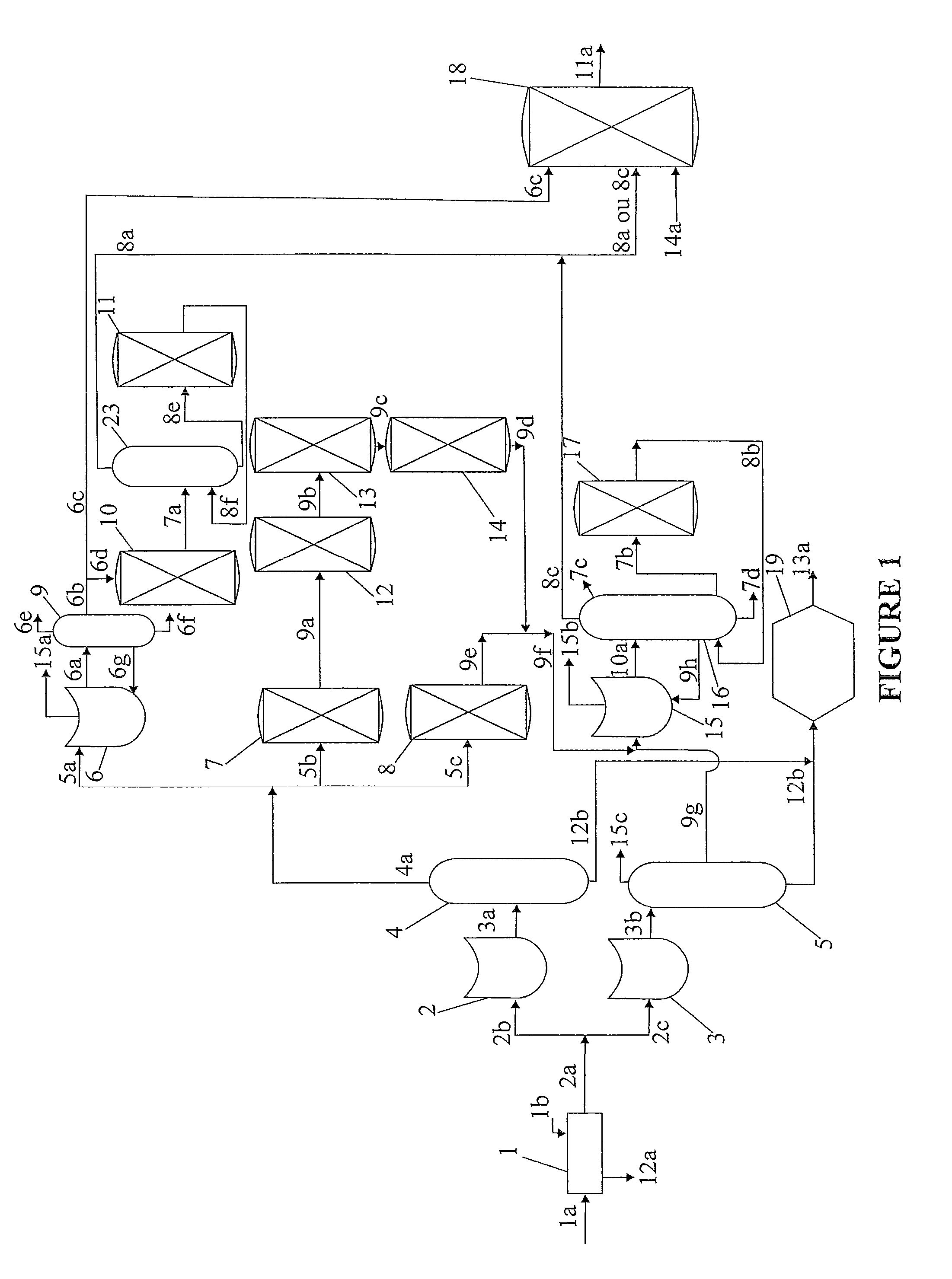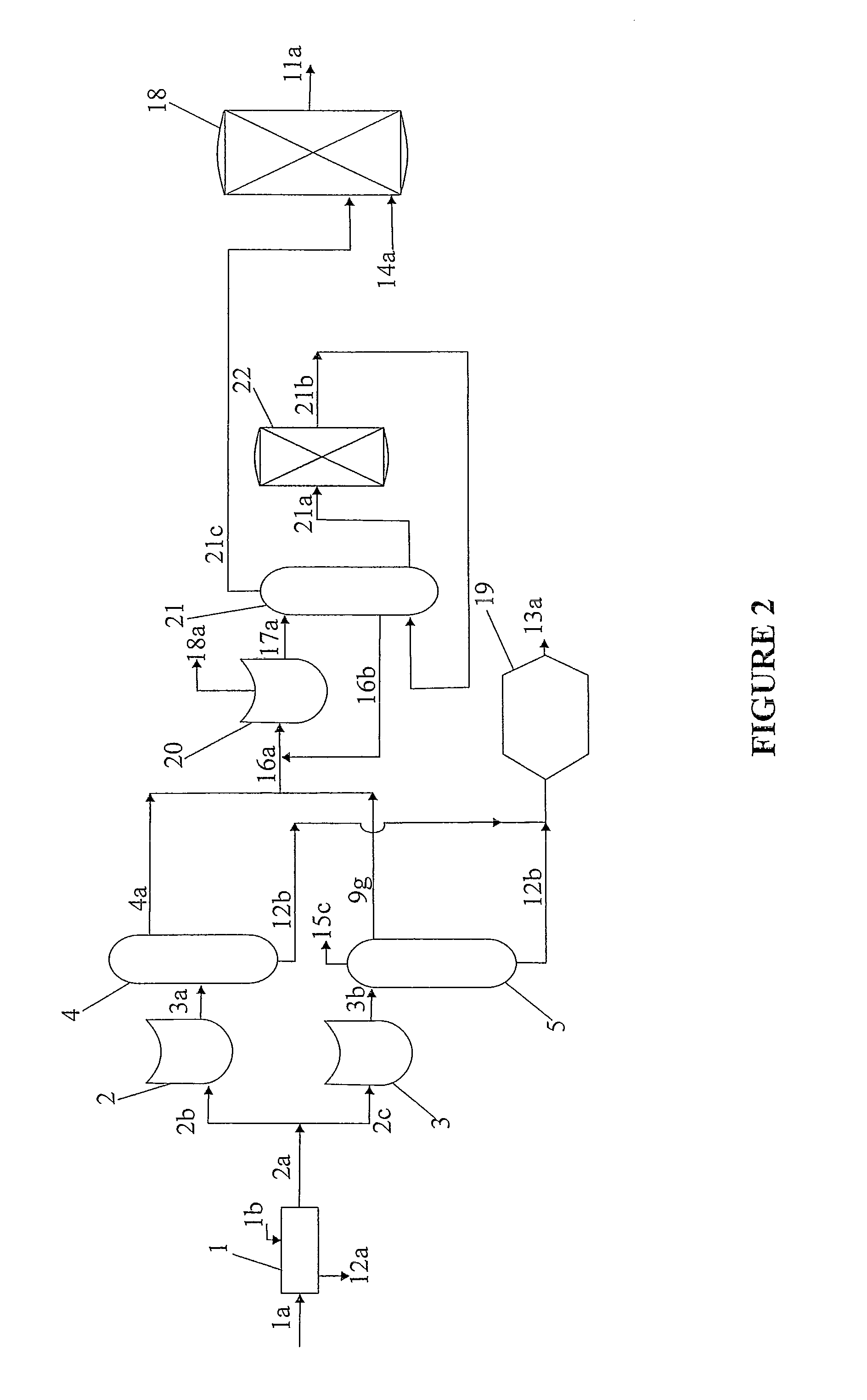Integrated process for the production of ethylene-butylene copolymer, an ethylene-butylene copolymer and the use of ethylene and 1-butylene, as comonomer, sourced from renewable natural raw materials
a technology of ethylenebutylene and ethylenebutylene, which is applied in the direction of biofuels, organic compound preparation, chemical industry, etc., can solve the problems of low butylene yield, impede the widespread application of ethylenebutylene, and achieve low cost
- Summary
- Abstract
- Description
- Claims
- Application Information
AI Technical Summary
Benefits of technology
Problems solved by technology
Method used
Image
Examples
Embodiment Construction
[0040]The present invention disclosed integrated processes for the production of ethylene-butylene copolymers, wherein the ethylene monomer is obtained by the dehydration reaction of its respective alcohol, ethanol, which in turn is obtained by the fermentation of sugars; and the 1-butylene comonomer is obtained according to at least one of the following reactions: (i) dehydration of 1-butanol directly produced by the fermentation of sugars, (ii) dehydration of 1-butanol obtained from ethanol via a chemical route, which ethanol is produced by the fermentation of sugars, and / or (iii) dimerization of ethylene produced by the dehydration of ethanol obtained from the fermentation of sugars, followed by isomerization of the 2-butylene isomers then formed.
[0041]Throughout the present text, it is to be understood by the term “sugars”, the dissolved sugars coming, for instance, from sugar cane juice (containing saccharose, glucose and fructose), or a hydrolyzed starch product (containing gl...
PUM
| Property | Measurement | Unit |
|---|---|---|
| temperatures | aaaaa | aaaaa |
| temperatures | aaaaa | aaaaa |
| temperatures | aaaaa | aaaaa |
Abstract
Description
Claims
Application Information
 Login to View More
Login to View More - R&D
- Intellectual Property
- Life Sciences
- Materials
- Tech Scout
- Unparalleled Data Quality
- Higher Quality Content
- 60% Fewer Hallucinations
Browse by: Latest US Patents, China's latest patents, Technical Efficacy Thesaurus, Application Domain, Technology Topic, Popular Technical Reports.
© 2025 PatSnap. All rights reserved.Legal|Privacy policy|Modern Slavery Act Transparency Statement|Sitemap|About US| Contact US: help@patsnap.com



